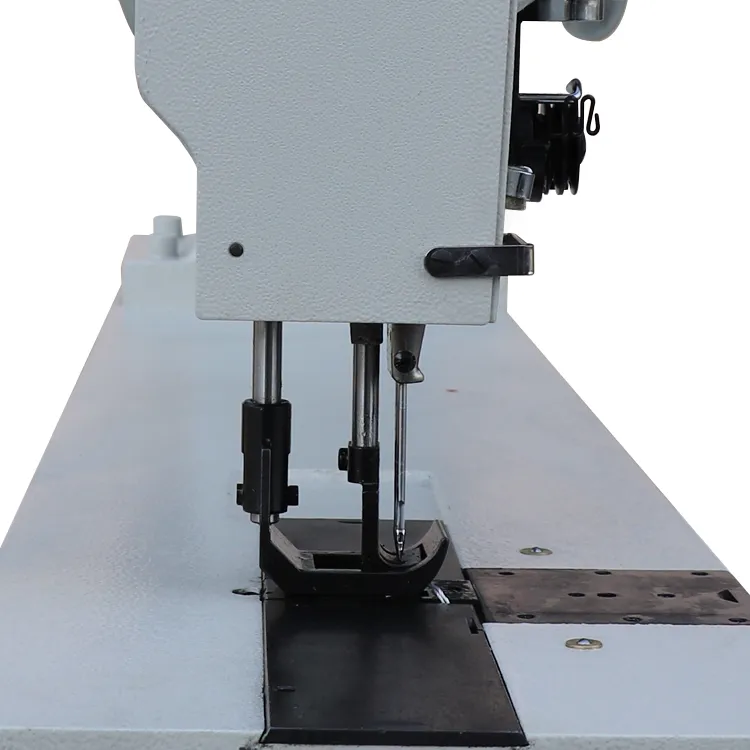Essential Guidelines for Beginner Sewing Techniques and Step-by-Step Instructions for Every Project
Basic Sewing Instructions for Beginners
Sewing is a rewarding skill that allows you to create beautiful garments, home décor, and other handmade items. Whether you're looking to mend an old piece of clothing or create something new, understanding the basic sewing instructions is essential. This guide will introduce you to the fundamental techniques that every beginner should know.
Getting Started
Before you dive into your sewing project, it’s important to gather the necessary tools and materials. Here’s a list of essential items you’ll need
1. Sewing Machine A basic model is sufficient for beginners. Familiarize yourself with its parts, functions, and how to thread it. 2. Fabric Choose a fabric suited to your project. Cotton is an ideal starting material due to its versatility and ease of handling. 3. Sewing Supplies This includes thread, pins, scissors, a measuring tape, a seam ripper, and fabric chalk or markers for marking patterns. 4. Pattern For beginners, using a commercial pattern can simplify the process. Select one that matches your skill level and project type.
Understanding Sewing Techniques
1. Preparing Your Fabric - Washing and Drying Always pre-wash your fabric to prevent shrinkage after sewing. - Ironing Iron the fabric to remove wrinkles, which makes cutting and sewing easier. - Cutting the Fabric Lay your fabric flat and use your pattern as a guide. Pin the pattern to the fabric and carefully cut along the lines.
2. Sewing Straight Lines - Begin by setting your sewing machine to a straight stitch. Practice sewing straight lines on scrap fabric to build your confidence. - Use the edge of the presser foot as a guide to maintain a consistent seam allowance, typically 1/4 to 1/2 inch.
3. Sewing Curves - When sewing curves, go slowly and gradually adjust the fabric as you sew to maintain a smooth finish. - It’s helpful to clip the curves to prevent puckering, especially when turning fabric pieces right side out.
basic sewing instructions

4. Finishing Seams - After sewing, you’ll want to finish the raw edges to prevent fraying. Techniques such as zigzag stitching or using a serger are effective ways to accomplish this. - You can also use pinking shears to trim the edges.
5. Making a Hem - Hems finish the edges of your fabric and can be done by folding the fabric twice (about 1/4 inch each time) and sewing along the edge. - Press the hem with an iron to maintain a crisp finish.
Troubleshooting Common Issues
As a beginner, you may encounter a few common problems
- Thread Bunching or Tension Issues This often means that the thread tension is not balanced. Adjust the tension settings on your machine and re-thread it if necessary. - Needle Breakage Using the correct needle size for your fabric type is crucial. A dull or incorrect needle can cause complications.
Final Touches
Once your project is complete, take the time to carefully inspect your work. Make any necessary adjustments and give your item a final press with the iron for a polished look. Remember, practice is key in sewing; the more you sew, the more skilled you will become.
In conclusion, sewing can be an incredibly fulfilling hobby that even beginners can enjoy. By mastering these basic sewing instructions, you'll be on your way to creating beautiful, handmade items in no time. Happy sewing!
-
Boost Production Efficiency with a Pattern Sewing MachineNewsAug.29,2025
-
Industrial Excellence with the Best Heavy Duty Sewing MachineNewsAug.29,2025
-
Precision and Power with the Best Pattern Sewing MachineNewsAug.29,2025
-
Reliable Bulk Packaging Starts With the Right FIBC Sewing MachineNewsAug.29,2025
-
Advanced Packaging Solutions: Elevate Productivity with Jumbo Bag Sewing Machine and Industrial Stitching EquipmentNewsAug.29,2025
-
High-Performance Solutions for Bulk Packaging: FIBC Sewing Machine and MoreNewsAug.29,2025
-
Maximize Efficiency with an Industrial Cylinder Arm Sewing MachineNewsAug.28,2025


























